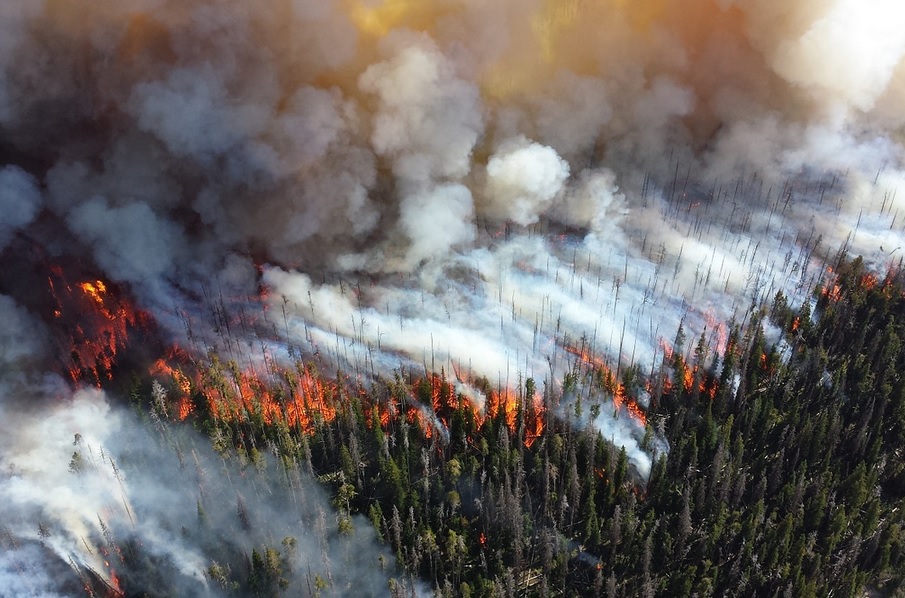 [5]
[5]
By Wall Street Journal Editorial,
One problem with President Trump’s bullying rhetorical style is that he gives his critics reason to ignore him even when he has a point. Consider his weekend threat to yank federal funds from California amid its horrific wildfires.
Three fires are raging across the state, killing at least 31 people and scorching more than 200,000 acres, including the town of Paradise in the Sierra Nevada foothills. “There is no reason for these massive, deadly and costly forest fires in California except that forest management is so poor,” Mr. Trump tweeted. “Billions of dollars are given each year, with so many lives lost, all because of gross mismanagement of the forests. Remedy now, or no more Fed payments!”
About 57% of California forestland is owned by the federal government while most of the rest is private land regulated by the state. Nearly 130 million trees died in California between 2010 and 2017 due to drought and a bark beetle infestation. Dense forests put trees at greater risk for parasitic infection and enable fires to spread faster. When dead trees fall, they add more combustible fuel.
Once upon a time the U.S. Forest Service’s mission was to actively manage the federal government’s resources. Yet numerous laws over the last 50 years, including the Endangered Species Act and National Environmental Policy Act, have hampered tree-clearing, controlled burns and timber sales on federal land.
California also restricts timber harvesting and requires myriad permits and environmental-impact statements to prune overgrown forests. As the state Legislative Analyst’s Office (LAO) dryly noted in April, “project proponents seeking to conduct activities to improve the health of California’s forests indicate that in some cases, state regulatory requirements can be excessively duplicative, lengthy, and costly.”
One problem for landowners is disposing of deadwood. Dozens of biomass facilities that burn tree parts that can’t be used for lumber have closed due to emissions regulations and competition from subsidized renewables and cheap natural gas.
To burn leaves and tree limbs, landowners must obtain air-quality permits from “local air districts, burn permits from local fire agencies, and potentially other permits depending on the location, size, and type of burn,” the LAO explained. “Permits restrict the size of burn piles and vegetation that can be burned, the hours available for burns, and the allowable moisture levels in the material.”
The LAO recommended that California prune its regulations, facilitate timber sales and ease permitting for burning biomass. Environmentalists oppose this, but one irony is that destruction from fires imperils species far more than does regulated tree-clearing.
Thinning forests could also save Californians billions of gallons of water each year, according to an April study by the National Science Foundation. The good news is that the Trump Administration is expanding timber sales on federal land and this year’s harvest will be the biggest in two decades.
Restoring California’s forests to health could take years, but the lesson of these fires is that the feds and state should drop their political blinders and do it.